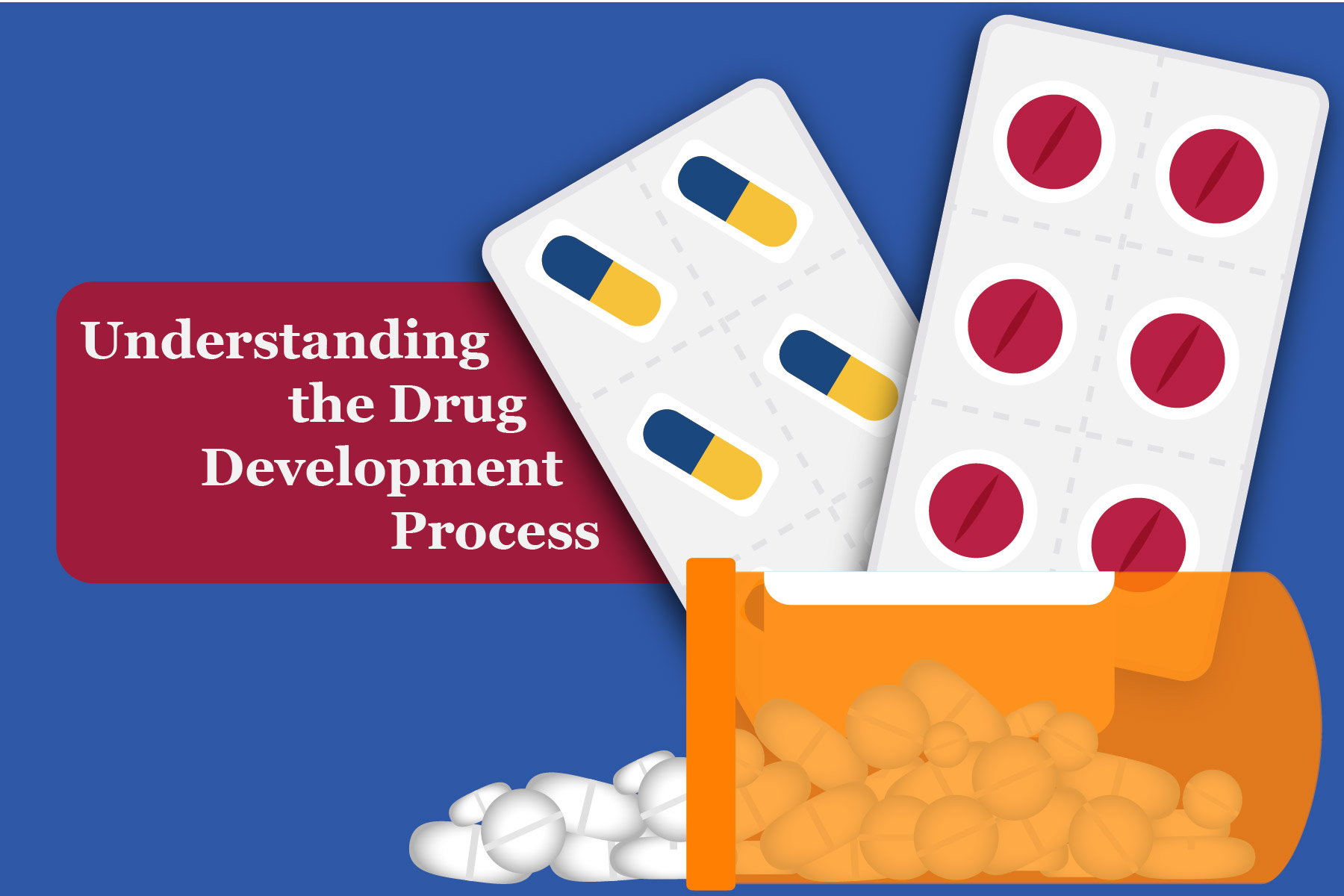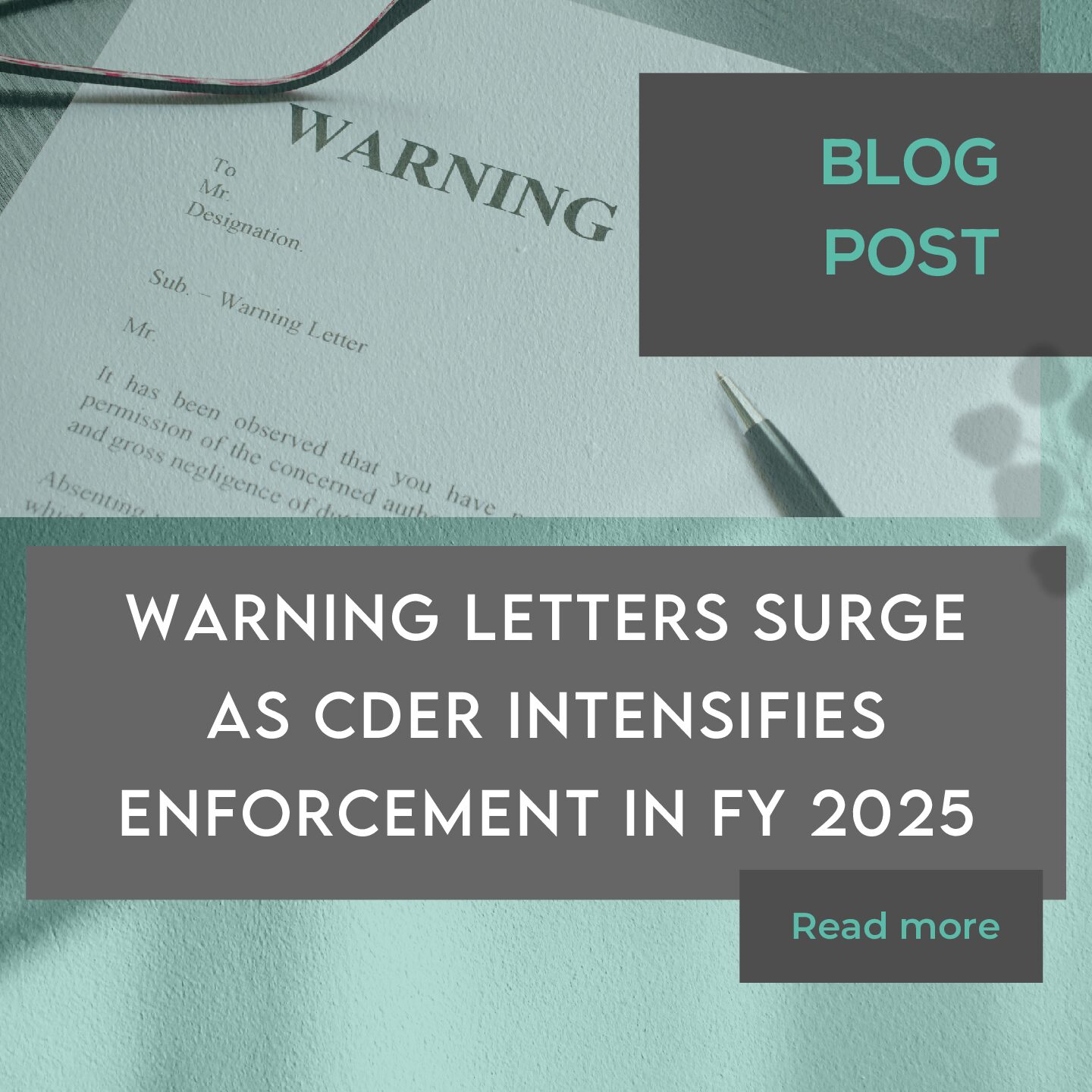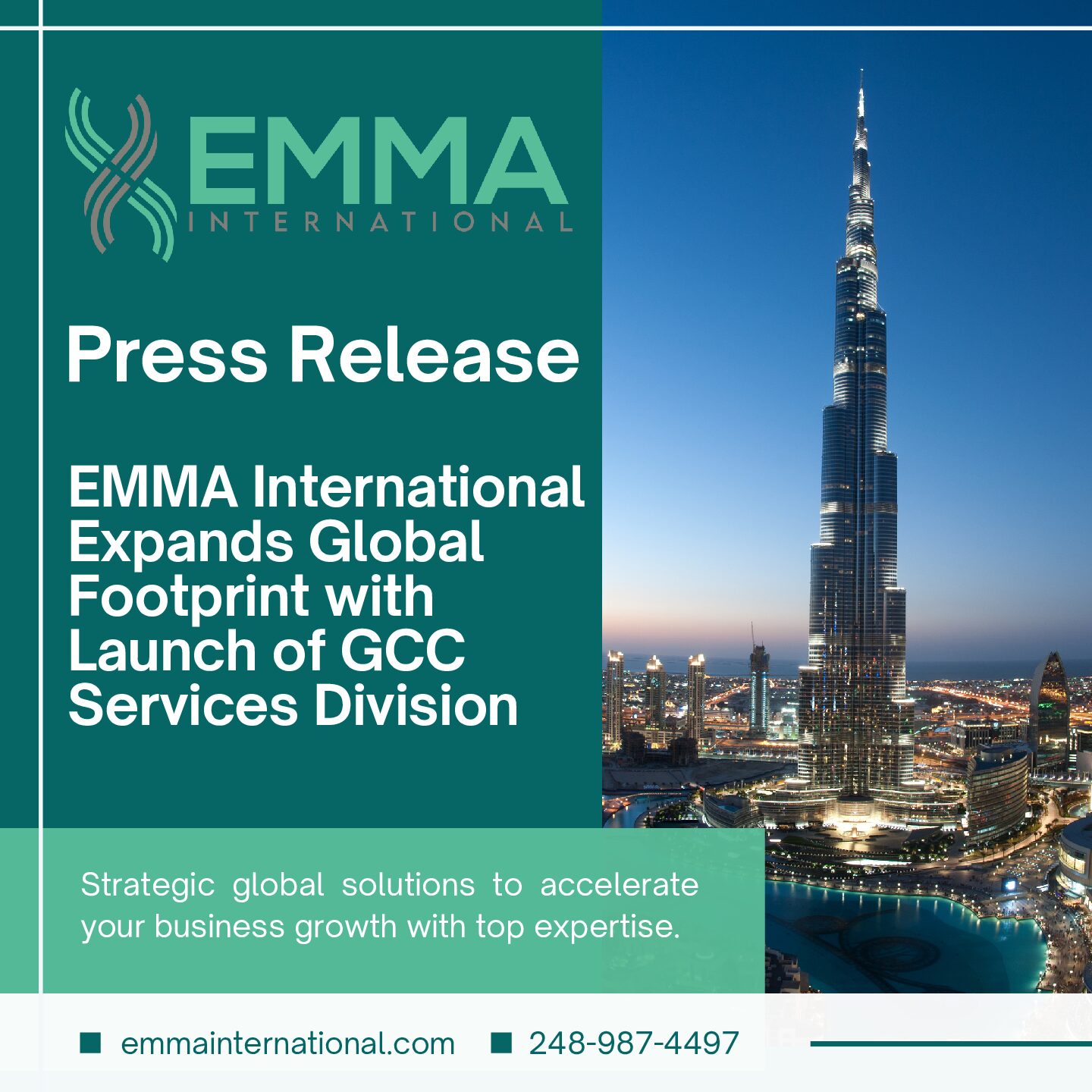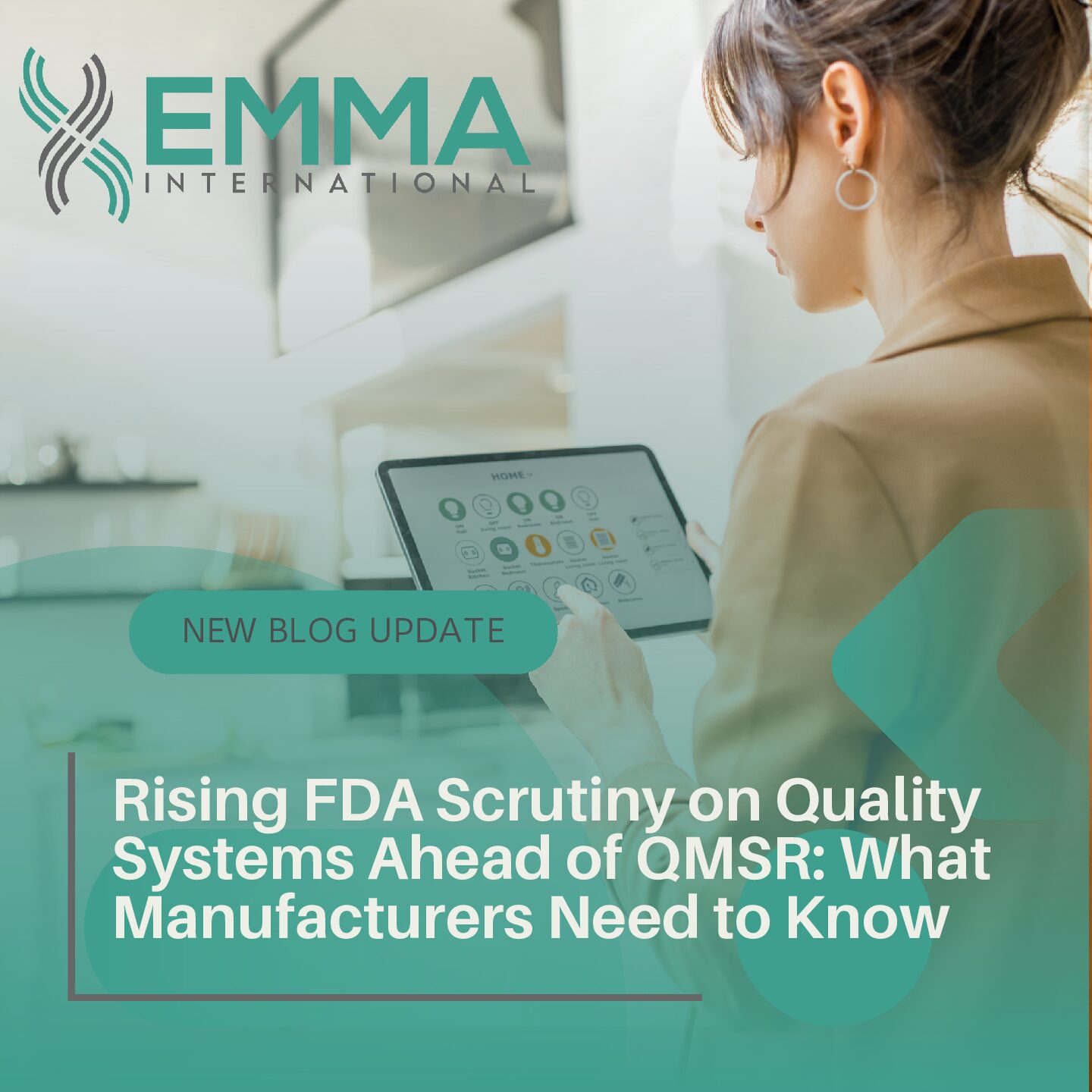The FDA’s process for drug development can be a lengthy, and often expensive, commitment. If you are developing a new drug product from the beginning, it is critical that you understand the phases of the development process and the deliverables for each. Beginning with R&D, you will have to ensure that your product corresponds with the FDA’s definition of a drug product. Next, it is advised that you conduct sufficient testing to get a baseline understanding of how your product works, what its intended use is, and other product specifications. Once you have completed this first step, you are ready to embark on the drug development journey.
Preclinical research is the first phase after the R&D of a drug product. This phase is often considered the most critical since it is where researchers determine if the drug has the potential to cause harm, also known as toxicity, before moving on to clinical research. These studies are not typically very large and can be done either in vivo or in vitro, but regardless of how you conduct your preclinical research, it must be done in compliance with good laboratory practices (GLP). The GLP regulations set the standard for parts of the research such as written protocols, study reports, personnel, and facilities involved with the research.1
After preclinical research comes the most daunting aspect of drug development, clinical research. This is the part of the journey where drug developers typically feel the real pressure of the regulatory requirements because you are starting to study your drug in humans. After you have submitted your Investigational New Drug (IND) Application to the agency and determined your clinical trial objectives (like control groups, how the data will be analyzed, how long the study will last, etc.), you are ready to start Phase I of your clinical trial. Clinical trials typically follow a Phase I, Phase II, Phase III cadence, with the first being small-scale and progressively getting larger as you progress through the phases.2 Clinical trials are not brief endeavors and can span upwards of 10-15 years depending on the drug. Any drug developer must understand the time commitment involved with clinical trials.
Although the completion of a clinical trial can feel like a relief to drug developers, there are still more steps to take along the journey to get their product on the market. Once you have compiled all of your preclinical and clinical research for your product, it is time to file a New Drug Application (NDA) with the FDA. The FDA will need to see all your research data, from preclinical through Phase III trials. Additionally, you need to submit proposed labeling, drug abuse information, directions for use, and any data from studies that may have been conducted outside of the US. In short, the hard work is not done just because the clinical trials are over.
Assuming the FDA deems your NDA complete, meaning they don’t come back with requests for additional information, the agency has six to ten months to decide on whether to approve the drug. During this time, the FDA review team is analyzing every inch of your data, traveling to clinical study sites to conduct inspections, and compiling the final package of your drug which a senior FDA official will use to make the approval decision. Often, the FDA will require additional information during this time, and may even require additional studies if the clinical data is deemed insufficient.3
Once all the data has been presented, all the agency’s questions answered, and assuming the safety and efficacy has been proven, your drug is finally approved. But still, there is more work to do. At this point, the FDA will want to work with you to develop prescribing information, or the labeling of the drug. Once you have accurate labeling developed, congratulations – your product is approved and ready for marketing! Although drug development can be an enormous time and resource commitment, it is a rewarding accomplishment to get a drug product through the FDA’s process. EMMA International has helped several firms through various stages of the drug development process, from R&D all the way through NDA approval. Contact us at 248-987-4497 or info@emmainternational.com to see how we can support your team get through the FDA’s drug approval process.
1FDA (Jan 2018) Preclinical Research retrieved on 01/24/2021 from: https://www.fda.gov/patients/drug-development-process/step-2-preclinical-research
2FDA (Jan 2018) Clinical Research retrieved on 01/24/2021 from: https://www.fda.gov/patients/drug-development-process/step-3-clinical-research#The_Investigational_New_Drug_Process
3FDA (Jan 2018) FDA Drug Review retrieved on 01/24/2021 from: https://www.fda.gov/patients/drug-development-process/step-4-fda-drug-review






